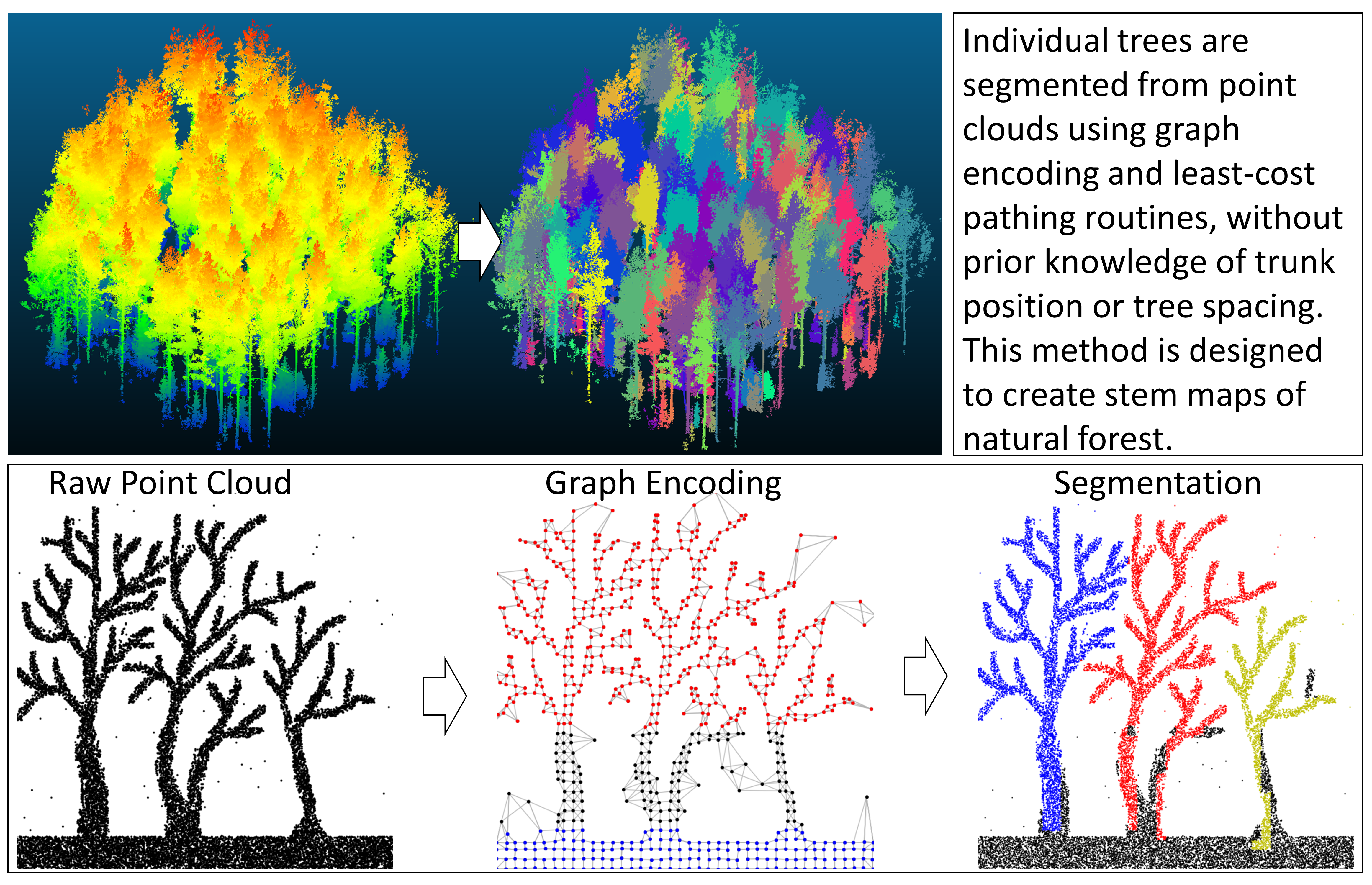2022-10-04 ミシガン大学
新しい研究によると、この小惑星はまた、メキシコのユカタン半島の衝突地点から何千マイルも離れた海底を洗う、高さ1マイルの巨大な津波を引き起こした。
チクルスルブ衝突津波の世界規模のシミュレーションとして、初めて査読付き科学誌に掲載された。さらに、U-M大学の研究者たちは、世界中の100箇所以上の地質学的記録を調査し、津波の経路と威力に関するモデルの予測を支持する証拠を発見した。
本研究の著者らは、衝突津波の初期エネルギーは、23万人以上の死者を出し、現代の記録上最大の津波のひとつである2004年12月のインド洋地震津波のエネルギーの最大3万倍であると算出した。
研究チームのシミュレーションによると、衝突津波は主に東と北東方向に北大西洋へ、南西方向は中央アメリカ海路(かつて北米と南米を隔てていた)を通って南太平洋へ放射されたことがわかった。
これらの盆地や隣接するいくつかの地域では、海底の細かい堆積物を侵食するのに十分な強さの海底流速が、おそらく毎秒20センチメートルを超えていたと思われる。
一方、南大西洋、北太平洋、インド洋、現在の地中海地域は、津波の強い影響をほとんど受けなかったことが、研究チームのシミュレーションで明らかになった。これらの地域では、モデル化された流速が20cm/秒の閾値以下であった可能性が高い。
北大西洋と南太平洋は、K-Pg境界の堆積物が完全に途切れることなく残っている場所が最も少なかった。一方、南大西洋、北太平洋、インド洋、地中海では、K-Pg境界の完全な断面が最も多く発見された。
<関連情報>
- https://news.umich.edu/dinosaur-killing-asteroid-triggered-global-tsunami-that-scoured-seafloor-thousands-of-miles-from-impact-site/
- https://agupubs.onlinelibrary.wiley.com/doi/10.1029/2021AV000627
チクルスルブ衝突は強力な地球規模の津波を発生させた The Chicxulub Impact Produced a Powerful Global Tsunami
Molly M. Range,Brian K. Arbic,Brandon C. Johnson,Theodore C. Moore,Vasily Titov,Alistair J. Adcroft,Joseph K. Ansong,Christopher J. Hollis,Jeroen Ritsema,Christopher R. Scotese,He Wang
AGU Advances Published: 04 October 2022
DOI:https://doi.org/10.1029/2021AV000627

Abstract
The Chicxulub crater is the site of an asteroid impact linked with the Cretaceous-Paleogene (K-Pg) mass extinction at ∼66 Ma. This asteroid struck in shallow water and caused a large tsunami. Here we present the first global simulation of the Chicxulub impact tsunami from initial contact of the projectile to global propagation. We use a hydrocode to model the displacement of water, sediment, and crust over the first 10 min, and a shallow-water ocean model from that point onwards. The impact tsunami was up to 30,000 times more energetic than the 26 December 2004 Indian Ocean tsunami, one of the largest tsunamis in the modern record. Flow velocities exceeded 20 cm/s along shorelines worldwide, as well as in open-ocean regions in the North Atlantic, equatorial South Atlantic, southern Pacific and the Central American Seaway, and therefore likely scoured the seafloor and disturbed sediments over 10,000 km from the impact origin. The distribution of erosion and hiatuses in the uppermost Cretaceous marine sediments are consistent with model results.
Key Points
- The authors present the first global simulation of the Chicxulub impact tsunami
- Total energy present in the impact tsunami is much greater than for any modern-day tsunami
- Impact tsunami flow velocities are strong enough to disturb and erode sediment in basins halfway around the globe
Plain Language Summary
At the end of the Cretaceous, about 66 million years ago, the Chicxulub asteroid impact near the Yucatan peninsula produced a global tsunami 30,000 times more energetic than any modern-day tsunami produced by earthquakes. Here we model the first 10 min of the event with a crater impact model, and the subsequent propagation throughout the world oceans using two different global tsunami models. The Chicxulub tsunami approached most coastlines of the North Atlantic and South Pacific with waves of over 10 m high and flow velocities in excess of 1 m/s offshore. The tsunami was strong enough to scour the seafloor in these regions, thus removing the sedimentary records of conditions before and during this cataclysmic event in Earth history and leaving either a gap in these records or a jumble of highly disturbed older sediments. The gaps in sedimentary records generally occur in basins where the numerical model predicts larger bottom velocities.



